Home>Furniture & Design>Bathroom Accessories>What Should Be In A School First Aid Kit
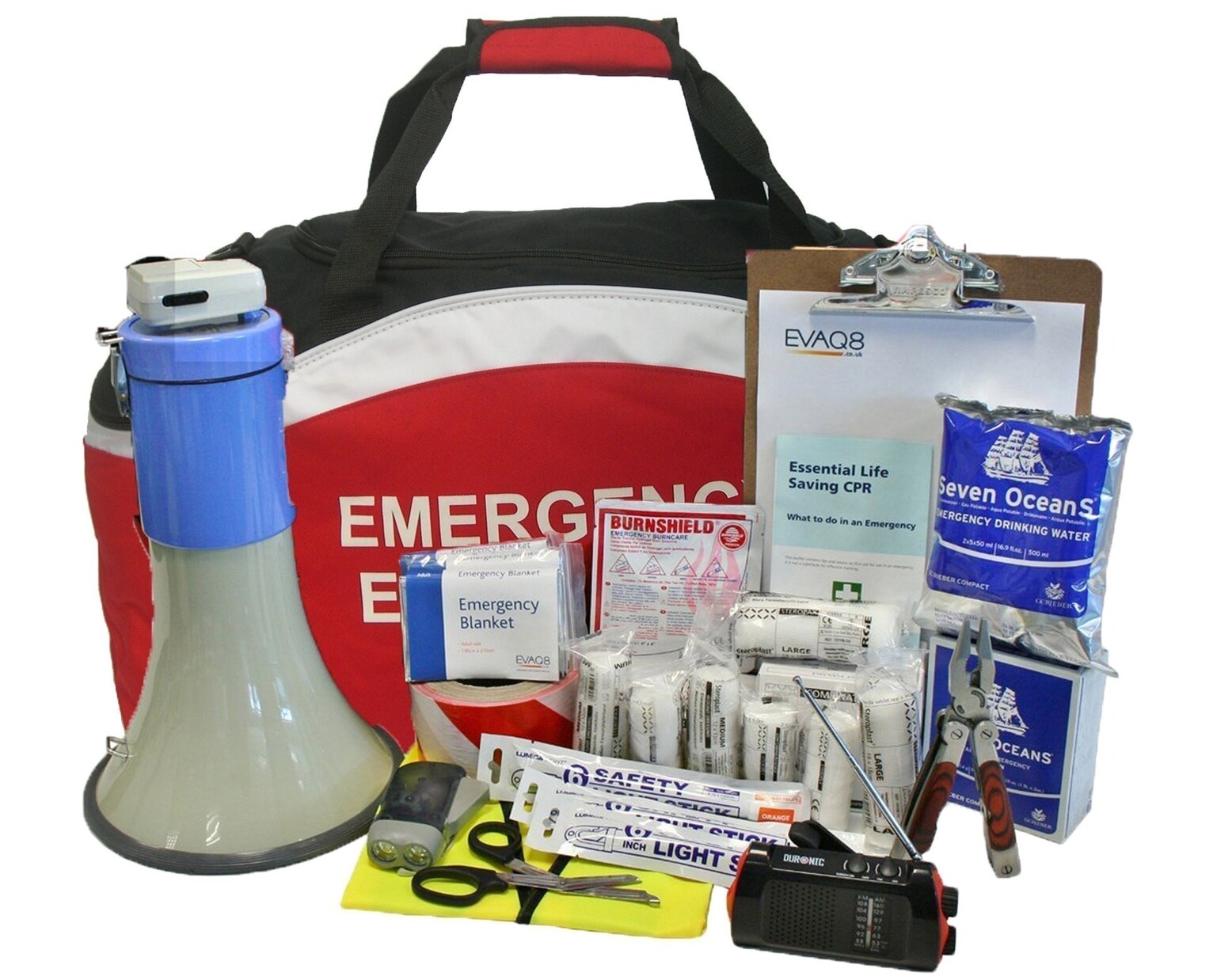

Bathroom Accessories
What Should Be In A School First Aid Kit
Modified: August 16, 2024
Ensure your school's safety with a comprehensive first aid kit. Find essential bathroom accessories and supplies for emergencies. Keep your students and staff protected.
(Many of the links in this article redirect to a specific reviewed product. Your purchase of these products through affiliate links helps to generate commission for Storables.com, at no extra cost. Learn more)
Introduction
A school first aid kit is an essential component of any educational institution, serving as a vital resource for addressing minor injuries and medical emergencies that may occur during the school day. Whether it's a scraped knee on the playground or a sudden allergic reaction in the classroom, having a well-stocked first aid kit can make a significant difference in providing immediate care and comfort to students and staff.
In today's dynamic learning environments, the importance of a comprehensive first aid kit cannot be overstated. It not only demonstrates a commitment to the well-being of the school community but also ensures that prompt and effective medical assistance is readily available when needed. By equipping the school with a thoughtfully assembled first aid kit, educators and administrators can instill confidence in students, parents, and staff, knowing that they are prepared to handle unforeseen medical incidents with competence and care.
The contents of a school first aid kit should be carefully selected to address a wide range of potential injuries and health concerns. From basic supplies like bandages and antiseptic wipes to essential medications and personal protective equipment, each item plays a crucial role in safeguarding the health and safety of everyone within the school environment. Additionally, the first aid kit serves as a tangible symbol of preparedness, reflecting the school's dedication to creating a secure and supportive setting for learning and growth.
As we delve into the specific components of an ideal school first aid kit, it's important to recognize that the contents should align with the unique needs and activities of the school. Whether it's a bustling elementary school with energetic youngsters or a high school with active sports programs, tailoring the first aid kit to the school's demographics and activities is paramount. By customizing the kit to suit the school's specific requirements, educators and administrators can ensure that it remains a reliable resource for addressing medical needs effectively.
In the following sections, we will explore the essential supplies, medications, wound care items, and personal protective equipment that should be included in a school first aid kit. By understanding the significance of each component and its role in promoting health and safety, schools can make informed decisions when assembling and maintaining their first aid kits. Let's delve into the details and ensure that every school is equipped to provide timely and proficient first aid care when it matters most.
Key Takeaways:
- A well-stocked school first aid kit is like a superhero’s utility belt, ready to tackle minor injuries and health concerns. It shows the school cares and is prepared to keep everyone safe.
- From bandages to emergency blankets, a school first aid kit is like a safety treasure chest, packed with supplies to handle everything from cuts and scrapes to emergencies. It’s a symbol of care and readiness.
Read more: What Should Be In A Kitchen First Aid Kit
Basic Supplies
A well-equipped school first aid kit begins with a selection of basic supplies that serve as the foundation for addressing a variety of minor injuries and medical needs. These fundamental items are essential for providing immediate care and comfort to individuals in the event of accidents or health-related incidents within the school environment. By ensuring that the first aid kit contains these basic supplies, educators and administrators can establish a reliable resource for addressing common medical concerns.
Bandages
Bandages are indispensable components of any first aid kit, as they are used to cover and protect minor cuts, scrapes, and wounds. Including a variety of bandage sizes, such as adhesive bandages, gauze pads, and adhesive tape, ensures that the kit can accommodate different types of injuries and provide effective wound care.
Antiseptic Wipes
Antiseptic wipes or cleansing wipes are crucial for disinfecting and cleaning minor wounds before applying bandages. These wipes help reduce the risk of infection and promote proper wound hygiene, making them essential for maintaining the health and safety of individuals within the school setting.
Disposable Gloves
Disposable gloves are vital for maintaining hygienic conditions when administering first aid. They provide a protective barrier for the caregiver, minimizing the risk of cross-contamination and ensuring that proper infection control measures are observed during medical interventions.
Read more: What Should Be In A Dog First Aid Kit?
Scissors and Tweezers
Inclusion of small, blunt-tip scissors and tweezers facilitates the safe and precise handling of bandages, gauze, and other first aid materials. These tools are invaluable for cutting bandages to size, removing splinters, and performing delicate tasks that require precision and dexterity.
Adhesive Tape
Adhesive tape is essential for securing bandages and dressings in place, ensuring that they remain firmly positioned over wounds or injuries. This versatile supply is indispensable for providing effective wound care and preventing dressings from shifting or becoming dislodged.
Instant Cold Packs
Instant cold packs offer a convenient means of providing immediate cold therapy for minor sprains, strains, and bruises. These packs can help alleviate pain and reduce swelling, making them valuable additions to the first aid kit for addressing musculoskeletal injuries.
By including these basic supplies in the school first aid kit, educators and administrators can establish a solid foundation for addressing a wide range of minor injuries and medical needs within the school environment. These essential items form the cornerstone of effective first aid care, ensuring that prompt and proficient assistance is readily available to support the health and well-being of students and staff.
Medications
In addition to basic supplies, a well-prepared school first aid kit should include essential medications to address common health issues and provide symptomatic relief when needed. While it's important to adhere to relevant regulations and guidelines when storing medications in a school setting, having a carefully selected range of non-prescription medications can enhance the kit's ability to address minor health concerns effectively.
Read more: What Should Be In A Horse First Aid Kit
Pain Relievers
Non-prescription pain relievers such as acetaminophen and ibuprofen can be valuable additions to the first aid kit. These medications can help alleviate minor aches, pains, and fevers, providing symptomatic relief for individuals experiencing discomfort within the school environment. It's essential to ensure that these medications are stored securely and administered in accordance with established protocols and parental consent.
Antihistamines
Including non-drowsy antihistamines in the first aid kit can be beneficial for addressing allergic reactions, hay fever symptoms, and insect bites. These medications can help manage mild allergic responses and provide relief from itching, sneezing, and other allergy-related discomfort. Educators and designated personnel should be knowledgeable about the appropriate use of antihistamines and seek parental consent before administering them to students.
Oral Rehydration Salts
Oral rehydration salts are valuable for addressing dehydration and mild cases of diarrhea, particularly during warm weather or physical activities. These salts can help replenish lost fluids and electrolytes, supporting the body's natural recovery processes. Including oral rehydration salts in the first aid kit demonstrates a proactive approach to addressing common gastrointestinal concerns among students and staff.
Antacids
Non-prescription antacids can provide relief from occasional heartburn, indigestion, and stomach discomfort. Including antacids in the first aid kit ensures that individuals experiencing mild gastrointestinal symptoms have access to appropriate symptomatic relief. Educators and staff should be aware of the proper administration of antacids and seek parental consent before providing them to students.
Topical Antiseptics
Topical antiseptics, such as hydrogen peroxide or povidone-iodine solution, can be included in the first aid kit to disinfect minor wounds and abrasions. These antiseptics help reduce the risk of infection and promote proper wound care practices. It's important to ensure that these products are stored securely and used in accordance with established safety guidelines.
By incorporating these essential medications into the school first aid kit, educators and administrators can enhance the kit's capacity to address a variety of common health issues and provide symptomatic relief when necessary. It's crucial to maintain accurate records of medication usage, regularly check expiration dates, and ensure compliance with relevant regulations to uphold the safety and well-being of the school community.
Wound Care
Wound care is a critical aspect of first aid, and a well-prepared school first aid kit should contain a comprehensive selection of supplies to address various types of injuries and promote effective wound management. By equipping the kit with essential wound care items, educators and administrators can ensure that prompt and proficient assistance is available to address minor cuts, scrapes, and abrasions within the school environment.
Sterile Dressings and Bandages
Sterile dressings and bandages are fundamental components of wound care, serving as protective coverings for minor cuts and abrasions. Including a variety of sterile gauze pads, adhesive bandages, and conforming bandages allows the first aid provider to address different types of wounds effectively. These dressings help protect the injured area, promote healing, and minimize the risk of contamination.
Antiseptic Solutions and Wipes
Antiseptic solutions, such as hydrogen peroxide or povidone-iodine, and antiseptic wipes are essential for disinfecting minor wounds before dressing them. These products help reduce the risk of infection and ensure that proper wound hygiene is maintained. By cleansing the injured area with antiseptic solutions and wipes, the first aid provider can minimize the potential for complications and support the healing process.
Read more: What Is Inside A First Aid Kit
Wound Closure Strips
Wound closure strips, also known as butterfly closures, are valuable for securing the edges of small cuts and lacerations. These adhesive strips help bring the skin together, promoting proper wound closure and reducing the risk of scarring. Including wound closure strips in the first aid kit provides an additional option for managing minor skin injuries effectively.
Medical Adhesive Tape
Medical adhesive tape is indispensable for securing dressings and bandages in place, ensuring that they remain firmly positioned over wounds. This versatile supply facilitates effective wound care by preventing dressings from shifting or becoming dislodged. By including medical adhesive tape in the first aid kit, educators and designated personnel can ensure that proper wound dressings are maintained securely.
Irrigation Syringe
An irrigation syringe can be included in the first aid kit to facilitate the gentle cleansing of wounds with a stream of sterile saline solution. This tool is particularly useful for removing debris and foreign particles from minor wounds, promoting thorough wound cleansing and minimizing the risk of infection. The inclusion of an irrigation syringe enhances the kit's capacity to address a wide range of wound care needs effectively.
By incorporating these essential wound care items into the school first aid kit, educators and administrators demonstrate a proactive approach to promoting proper wound management and ensuring the health and safety of students and staff. The presence of these supplies equips the school community with the resources needed to address minor injuries promptly and proficiently, fostering a secure and supportive environment for learning and growth.
Personal Protective Equipment
Personal protective equipment (PPE) is an essential component of a school first aid kit, serving as a crucial safeguard for both the first aid provider and the individual receiving care. By including a selection of PPE items in the first aid kit, educators and administrators demonstrate a commitment to maintaining a safe and hygienic environment while ensuring that proper infection control measures are observed during medical interventions.
Disposable Gloves
Disposable gloves are fundamental PPE items that play a pivotal role in minimizing the risk of cross-contamination and maintaining hygienic conditions during first aid administration. By wearing disposable gloves, the first aid provider creates a protective barrier between themselves and the individual receiving care, reducing the potential for transmitting pathogens and ensuring that proper hand hygiene practices are observed. Additionally, disposable gloves are essential for addressing situations involving blood or bodily fluids, providing an added layer of protection for both the caregiver and the injured or ill individual.
Face Masks
Incorporating face masks in the first aid kit is particularly relevant in the context of addressing respiratory concerns or when providing care to individuals exhibiting symptoms of respiratory illness. Face masks help contain respiratory droplets and minimize the spread of airborne particles, reducing the risk of exposure to infectious agents. By wearing face masks when administering first aid, educators and designated personnel can mitigate the transmission of respiratory pathogens and contribute to a safer and healthier school environment.
Eye Protection
Eye protection, such as safety goggles or face shields, is essential for safeguarding the eyes from potential splashes, sprays, or airborne particles during first aid interventions. In situations where there is a risk of exposure to blood, bodily fluids, or hazardous substances, eye protection serves as a critical defense against ocular contamination. By including eye protection in the first aid kit, educators and designated personnel demonstrate a proactive approach to ensuring the safety and well-being of both the caregiver and the individual receiving medical assistance.
Additional Considerations
In addition to disposable gloves, face masks, and eye protection, it's important to consider the inclusion of other PPE items based on the specific needs and activities of the school. This may include disposable aprons or gowns for situations involving potential exposure to bodily fluids, particularly in settings where hands-on care or medical interventions are provided. By customizing the selection of PPE items to align with the school's unique requirements, educators and administrators can ensure that the first aid kit is equipped to address a diverse range of potential hazards and health concerns effectively.
By incorporating a range of PPE items in the school first aid kit, educators and administrators prioritize the safety and well-being of the school community, demonstrating a proactive commitment to maintaining a secure and hygienic environment. These essential PPE supplies not only enhance the capacity to provide safe and proficient first aid care but also contribute to fostering a culture of preparedness and responsibility within the school setting.
Read more: What Is Gauze Used For In A First Aid Kit
Additional Items
In addition to the fundamental supplies, medications, wound care items, and personal protective equipment, there are several additional items that can further enhance the functionality and versatility of a school first aid kit. These supplementary items are designed to address specific needs and potential scenarios within the school environment, ensuring that the first aid kit remains a comprehensive resource for promoting health and safety.
CPR Mask
Including a CPR mask in the first aid kit is essential for addressing cardiac emergencies and providing safe and effective cardiopulmonary resuscitation (CPR). A CPR mask with a one-way valve allows the first aid provider to administer rescue breaths while minimizing the risk of cross-contamination and ensuring proper ventilation for the individual in need. By incorporating a CPR mask, educators and designated personnel can confidently respond to cardiac incidents and provide critical support until professional medical help arrives.
Emergency Blanket
An emergency blanket, also known as a space blanket, serves as a valuable addition to the first aid kit, particularly in situations involving exposure to cold or shock. These lightweight, compact blankets are designed to retain body heat and provide insulation, offering comfort and warmth to individuals experiencing hypothermia or shock. Including emergency blankets in the first aid kit demonstrates a proactive approach to addressing environmental emergencies and ensuring the well-being of students and staff in challenging circumstances.
Splinting Materials
Incorporating splinting materials, such as padded aluminum splints or SAM splints, can be beneficial for addressing musculoskeletal injuries and providing temporary immobilization of fractured or injured limbs. These materials offer support and stability, minimizing movement and reducing the risk of further injury. By including splinting materials in the first aid kit, educators and designated personnel can effectively manage orthopedic emergencies and provide initial stabilization for individuals with suspected fractures or sprains.
Read more: What To Put In A First Aid Kit For A Car
Thermometer
A digital thermometer is a valuable addition to the first aid kit, enabling the monitoring of body temperature and facilitating the assessment of individuals with fever or suspected illness. By having a thermometer readily available, educators and designated personnel can conduct preliminary health assessments and make informed decisions regarding the management of individuals with elevated temperatures. Additionally, a thermometer supports the implementation of health screening protocols and contributes to early detection of potential infectious diseases within the school community.
Emergency Contact Information
Including a list of emergency contact information, such as local emergency services, school administration, and designated emergency contacts, is essential for ensuring quick access to vital resources during medical emergencies. This information should be prominently displayed within the first aid kit, providing clear guidance for contacting appropriate authorities and seeking assistance when needed. By including emergency contact information, educators and designated personnel can streamline communication and response efforts, contributing to a coordinated and effective approach to managing medical incidents.
By incorporating these additional items into the school first aid kit, educators and administrators can further enhance the kit's capacity to address a diverse range of potential emergencies and medical needs. These supplementary items reflect a proactive commitment to preparedness and safety, ensuring that the school community is equipped to respond effectively to unforeseen situations and prioritize the well-being of students and staff.
Conclusion
In conclusion, a well-equipped school first aid kit is a cornerstone of preparedness and safety within the educational environment. By carefully selecting and maintaining essential supplies, medications, wound care items, personal protective equipment, and additional items, educators and administrators demonstrate a proactive commitment to addressing potential medical incidents and promoting the health and well-being of students and staff.
The comprehensive contents of a school first aid kit serve as a tangible symbol of readiness, instilling confidence in the school community and reinforcing the commitment to providing prompt and proficient medical assistance when needed. From addressing minor cuts and scrapes to managing allergic reactions and environmental emergencies, the first aid kit stands as a reliable resource for supporting the immediate care and comfort of individuals within the school setting.
Furthermore, the inclusion of essential medications and wound care items reflects a holistic approach to addressing common health concerns and promoting proper medical interventions. By ensuring that the first aid kit contains a range of non-prescription medications, antiseptic solutions, and wound closure supplies, educators and designated personnel can effectively manage a variety of medical needs and contribute to a safe and supportive learning environment.
The emphasis on personal protective equipment within the first aid kit underscores the importance of infection control and safety during medical interventions. By including disposable gloves, face masks, and eye protection, the school community demonstrates a proactive commitment to minimizing the risk of cross-contamination and ensuring the well-being of both the caregiver and the individual receiving care.
Moreover, the incorporation of additional items such as a CPR mask, emergency blanket, splinting materials, thermometer, and emergency contact information further enhances the functionality and versatility of the first aid kit. These supplementary items cater to specific needs and potential scenarios, ensuring that the school community is equipped to respond effectively to a diverse range of medical emergencies and environmental challenges.
In essence, a well-prepared school first aid kit is a testament to the school's dedication to creating a secure and supportive environment for learning and growth. By prioritizing the assembly and maintenance of a comprehensive first aid kit, educators and administrators uphold the values of preparedness, safety, and care, fostering a culture of responsibility and well-being within the school community.
Frequently Asked Questions about What Should Be In A School First Aid Kit
Was this page helpful?
At Storables.com, we guarantee accurate and reliable information. Our content, validated by Expert Board Contributors, is crafted following stringent Editorial Policies. We're committed to providing you with well-researched, expert-backed insights for all your informational needs.
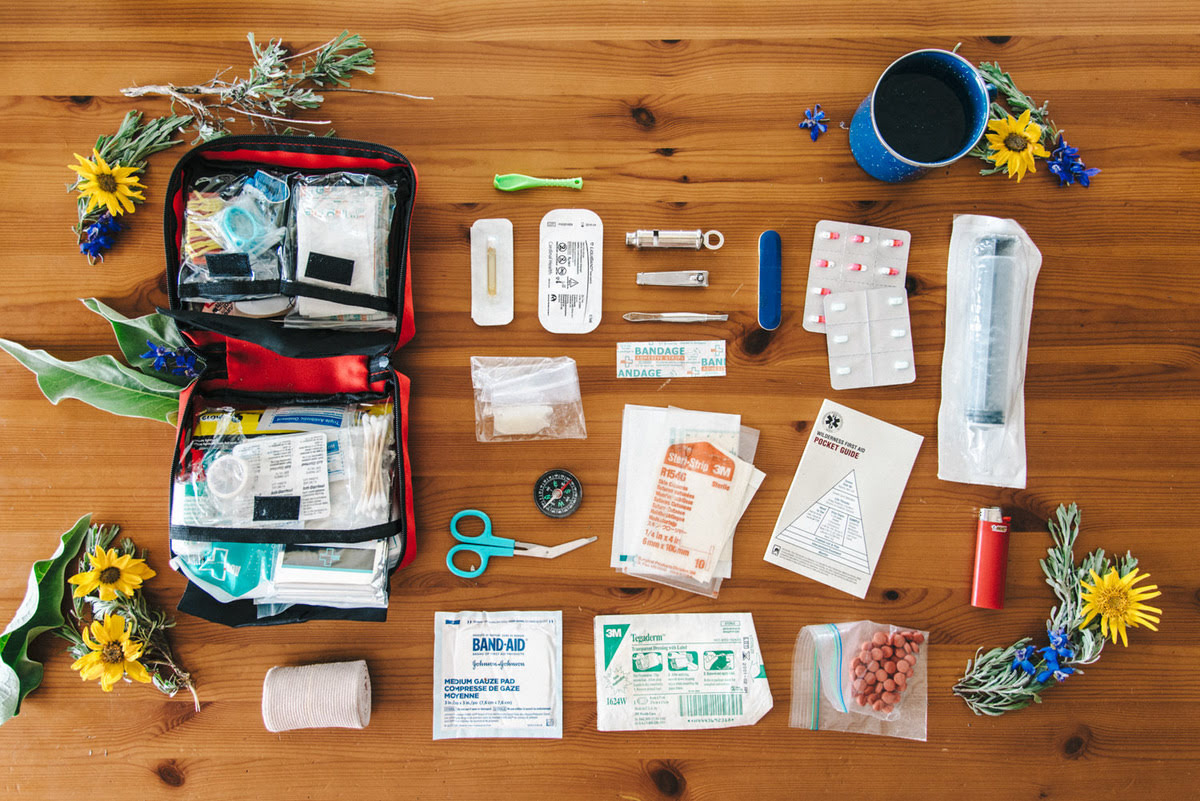
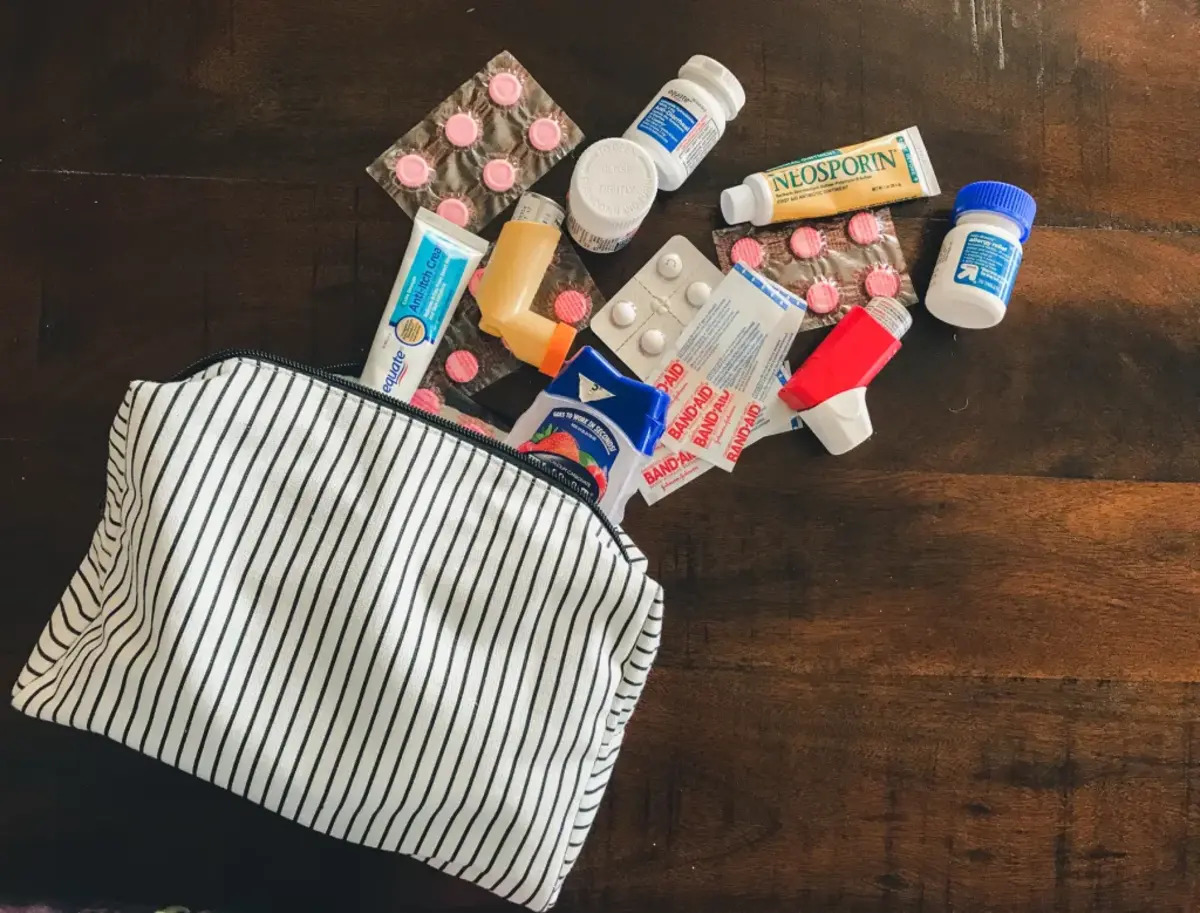


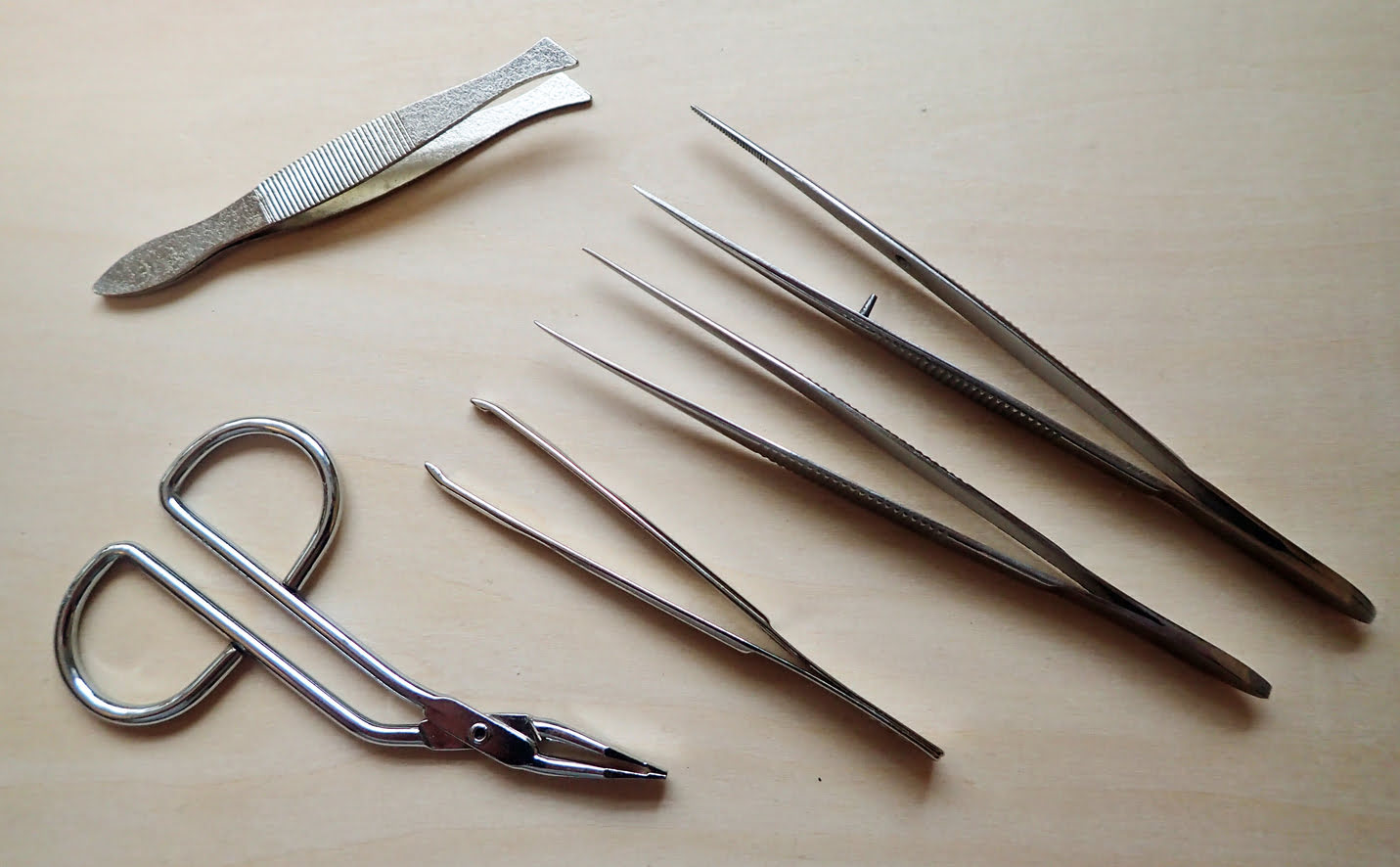
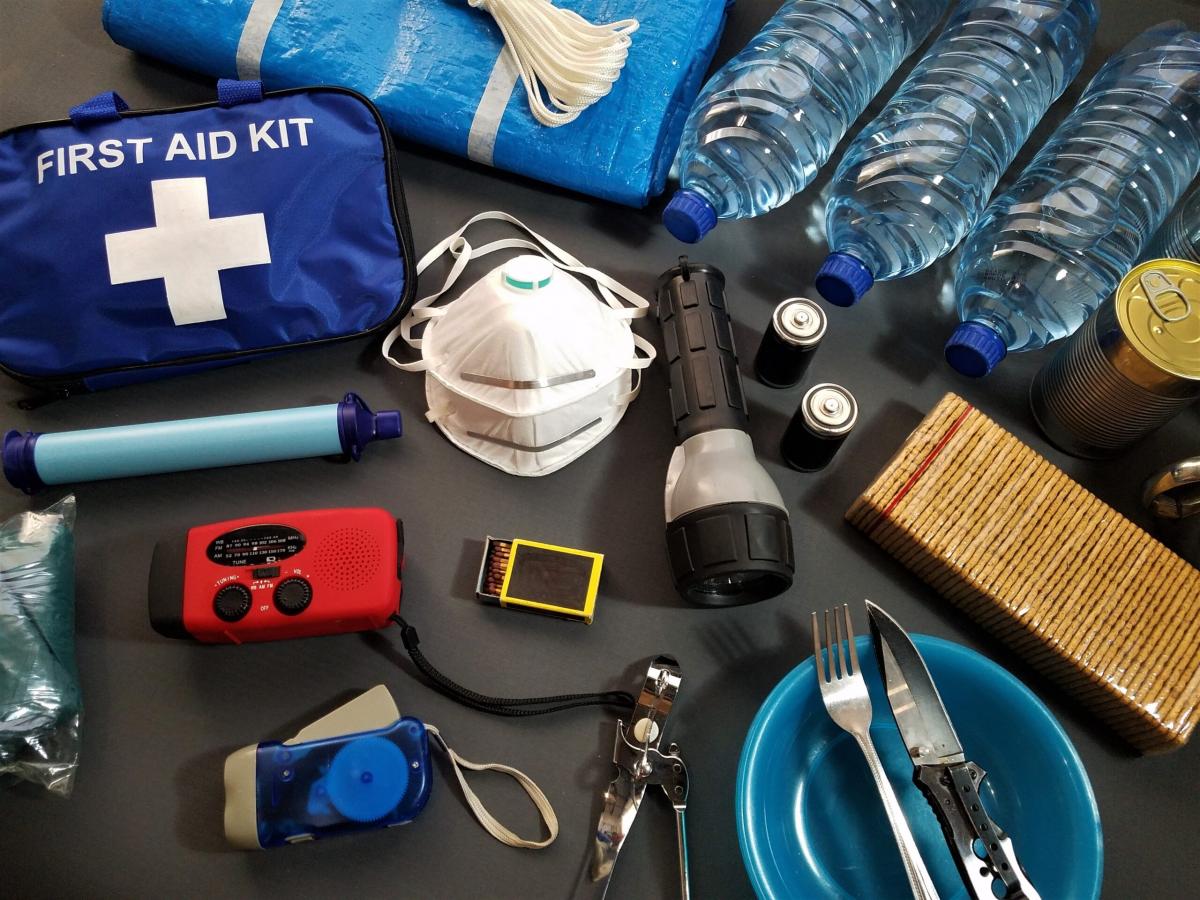
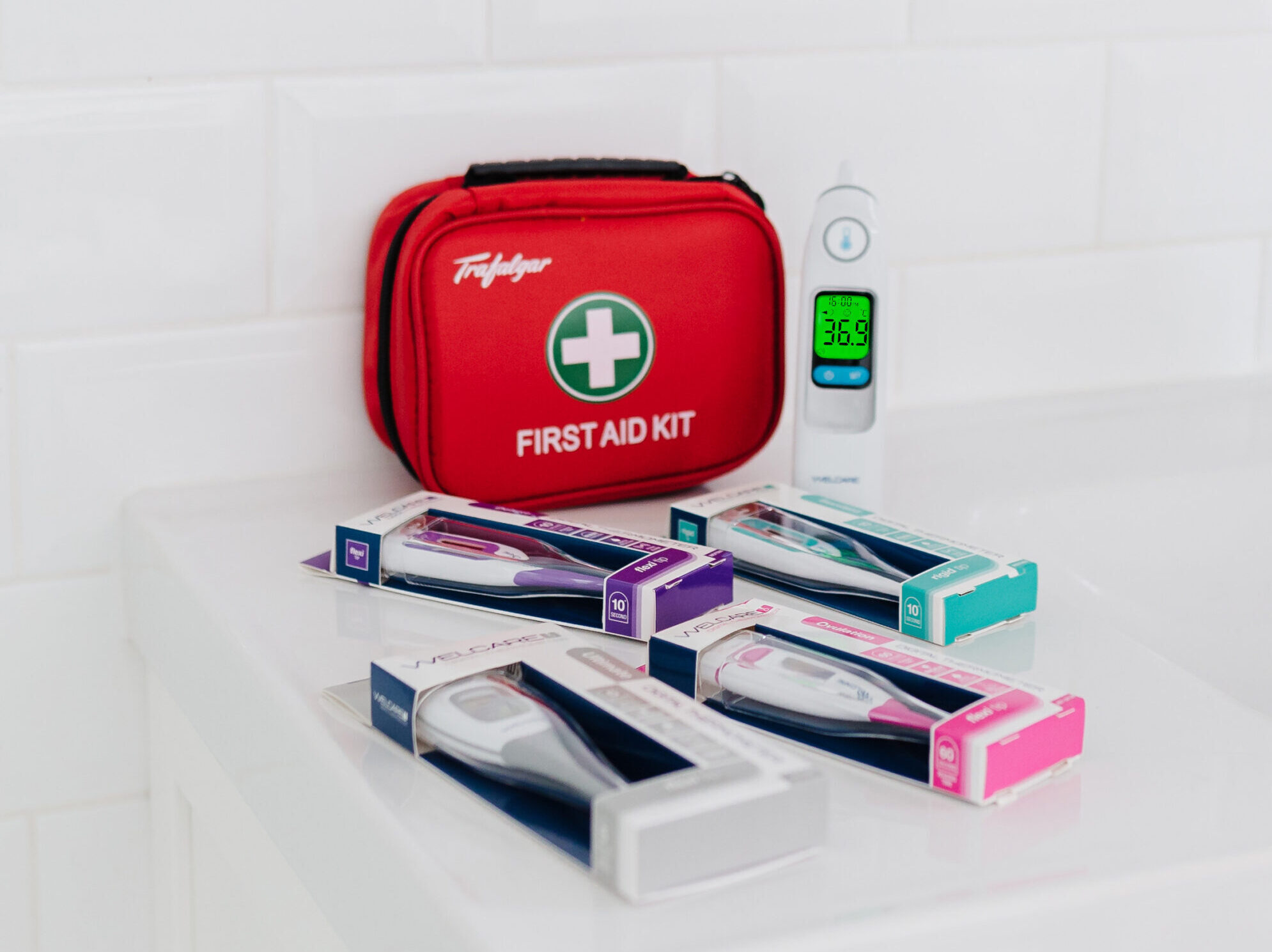
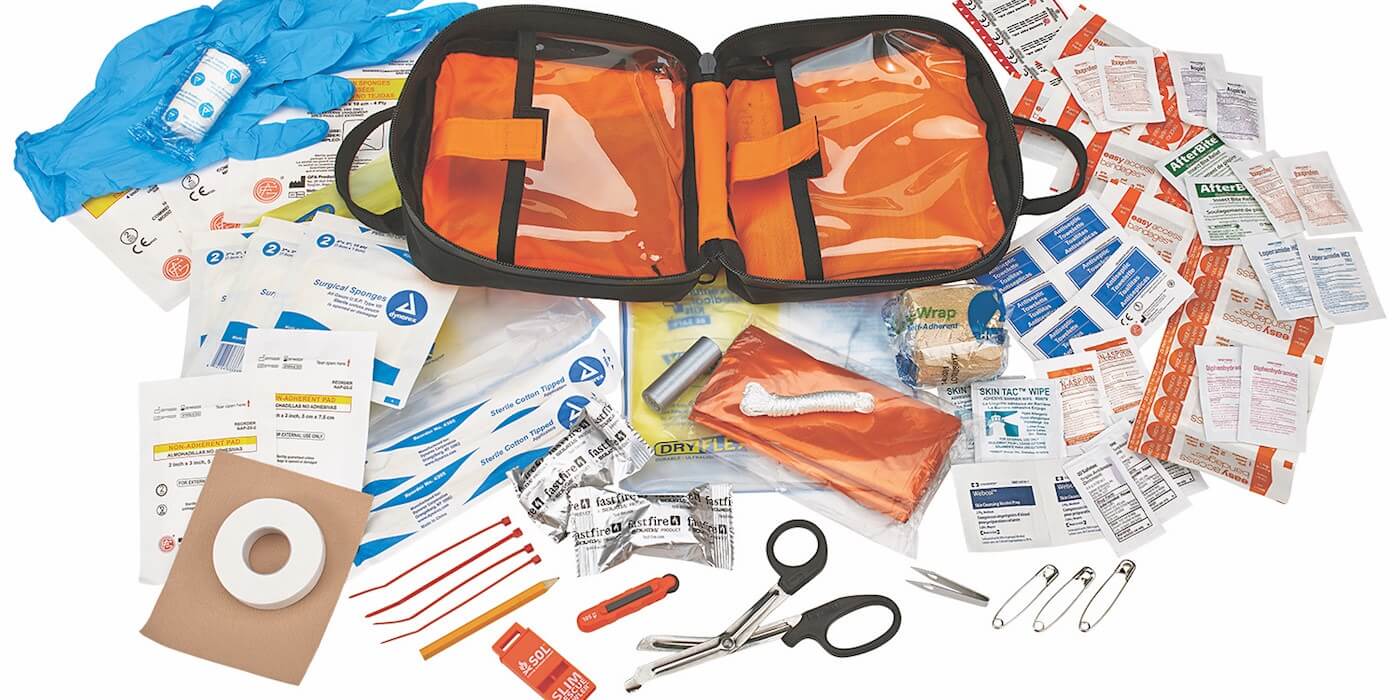

0 thoughts on “What Should Be In A School First Aid Kit”